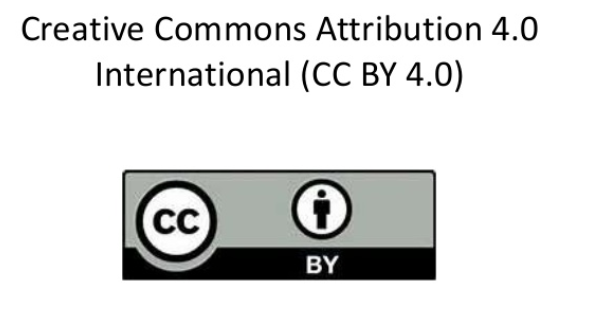Ita Mowidu*, Kamelia Dwi Jayanti, Yulindatanari Ridwan, Dolfie Tinggogoy
Faculty of Agriculture, Sintuwu Maroso University, Poso, Indonesia
Abstract
Iron can be in form of crystalline, amorphous and organic in the soil. The objective of this research was to study the effect of compost application on soil organic Fe composition, Fe uptake and the plant content as well as rice yield at Inceptisol, in Meko. The treatment used was the application of 5 t ha-1 compost that was mixture of rice straw and cocoa pods with various composition. The treatments were K0: without compost, K1: 100% straw compost, K2: 75% straw compost + 25% cocoa peel (CP), K3: 50% straw compost + 50% CP, K4: 25% straw compost +75% CP, and K5: 100% CP compost. Observations regarding Fe-p (Iron-organic) were recorded using selective solvents 0.1 M Na-pyrophosphate, likewise, Fe uptake; and rice yield were also estimated. The results showed that the application of compost had a significant effect on Fe-p at 40 and 70 days after planting (DAP), the Fe content in rice at 14, 40, 75 days and harvest time, as well as on Fe uptake at 40, 75 DAP and harvest time; However, it had no significant impact on grain weight per clump. The peak of Fe-p formation occurred at 40 DAP because of high Fe reduction. Rice Fe levels > 500 mg kg-1 during observation followed by Fe uptake which continued to increase with increasing plant age. The yield of rice increased by 7.90-27.30% compared to control and 2.60-21.04% compared to the average yield according to the description of Inpari-1 variety.
Keywords: Compost, Fe content, Fe uptake, Organic Fe



